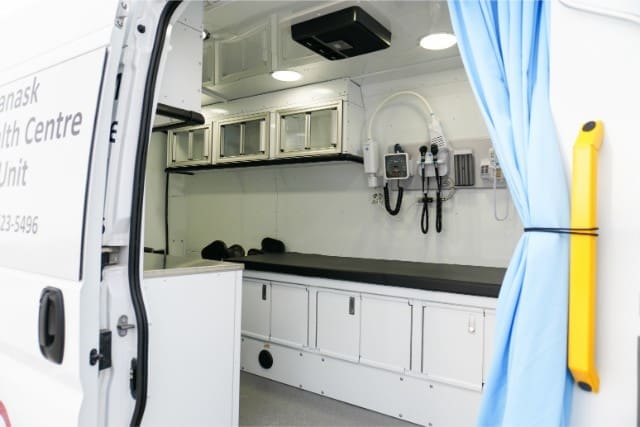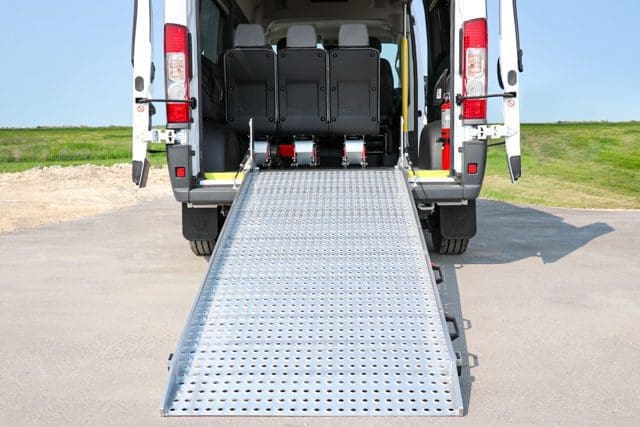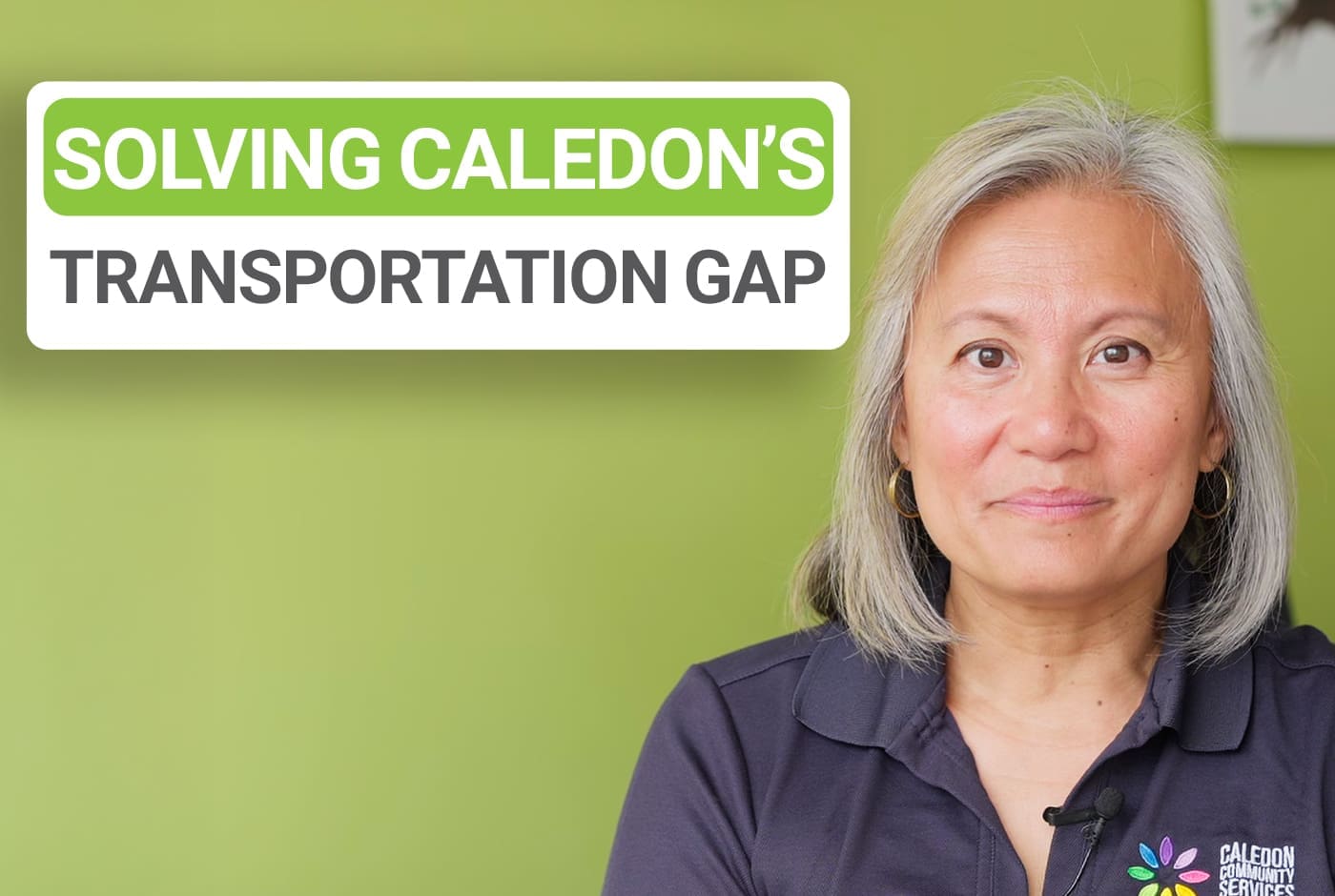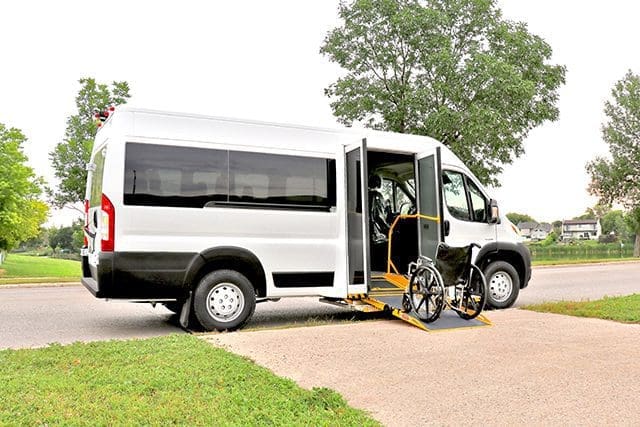If 911 calls are overwhelming your emergency services, community paramedicine could be the solution you need.
There was an 18% increase in 911 calls in 2023, jumping from 348,367 calls in 2022 to 411,617 in 2023. Emergency responders are stretched thin. Patients with non-urgent medical needs end up in the ER, waiting for hours. Paramedics are burned out, and resources are running out. This cycle keeps repeating—more calls, longer wait times, and fewer available ambulances for true emergencies.
If you’re in charge of healthcare services, you see the problem every day. People call 911 because they have no other options. Seniors, people with chronic illnesses, and those in remote areas rely on emergency services for basic care. This overloads the system, making it harder to respond to real emergencies.
The risk? Delayed care, burned-out paramedics, and longer wait times—sometimes with life-or-death consequences. Community paramedicine may be the answer you’re looking for.
At MoveMobility, we’ve spent over 20 years helping organizations like yours and Quest Community Health Centre remove barriers to healthcare. We’re Ford QVM and Stellantis QPro certified, meaning our vehicles meet the highest safety and quality standards. While we know we’re not the only manufacturer, we’ve worked with organizations across Canada to design mobile medical solutions that fill critical gaps in care.
In this article, we’ll explore more about how community paramedicine can reduce 911 call volume. You’ll learn how mobile healthcare solutions can ease pressure on emergency services and help patients get care before it turns into an emergency.
Community paramedicine: Can it reduce the volume of 911 calls?
Yes, it can. Across Canada, 911 call volumes are rising fast. In British Columbia alone, E-Comm 9-1-1 handled over 2 million calls in 2024. Many of these calls weren’t true emergencies. Instead, they were from people who had nowhere else to turn for healthcare. This puts a huge strain on emergency services—paramedics are stretched thin, ERs fill up, and real emergencies get delayed.
If you’re managing healthcare services, you already feel this pressure. You see how the system gets overloaded because people don’t have better options. Community paramedicine helps solve this problem.
What is community paramedicine?
Community paramedicine brings healthcare to people instead of them having to call 911. Instead of waiting for an emergency, specially trained paramedics visit patients at home or in their communities to provide care. This helps stop small health problems from turning into big ones.
How does it work?
Community paramedics can:
- Check on people with long-term health issues like diabetes or heart disease.
- Help patients after a hospital stay so they don’t end up back in the ER.
- Offer health advice and basic treatments to stop minor issues from becoming emergencies.
In Nova Scotia, a community paramedicine program cut emergency room visits by 23% in some areas. That’s fewer unnecessary 911 calls, less pressure on ambulances, and more resources for real emergencies.
This model works because it’s proactive instead of reactive. Instead of waiting for people to call 911, paramedics step in earlier—helping them manage their health and keeping emergency services focused on urgent, life-threatening situations.
What is the role of mobile medical units in community paramedicine?
Not everyone can get to a doctor’s office. Some people don’t have transportation, live in remote areas, or struggle with mobility. When they feel sick, they often believe calling 911 is their only choice. But it doesn’t have to be.
With community paramedicine, mobile medical units bring healthcare to these people. Instead of using an ambulance for a non-urgent issue, patients can get care right where they are. This keeps ambulances free for real emergencies and helps hospitals avoid overcrowding.
How do mobile medical units help?
These specially equipped vehicles allow paramedics to:
Provide on-the-spot medical care – Instead of waiting hours in an ER, patients get treated in their own community.
Reach people in remote or underserved areas: Many communities don’t have easy access to healthcare, but mobile units bring care directly to them.
Offer wound care, blood tests, and basic treatments: Instead of sending someone to the ER for minor medical issues, paramedics can treat them right away.
Support mental health care: Some 911 calls aren’t for physical health emergencies but for people in crisis. A mobile unit can provide a safer, more appropriate space for care.
Deliver vaccinations and screenings: Preventive care, like flu shots and blood pressure checks, helps keep people healthier and reduces emergency visits.
In a crisis, every second is important. If ambulances are stuck handling non-urgent calls, real emergencies might not get help in time. Community paramedicine changes that. Mobile medical units help paramedics save more lives by bringing care directly to people.
What features make mobile medical units so good for community paramedicine?
Mobile medical units are designed specifically for delivering mobile healthcare to those in need. They’re built to function as a doctor’s office on wheels, and there are dozens of customization options to make them a perfect fit for your organization’s needs. Let’s take a look at some of the features of the Mobile Clinic Van at MoveMobility:
| Feature | Why it’s ideal for community paramedicine |
| Doctor’s office on wheels setup | Fully equipped for non-emergency medical care in the field. |
| Patient bed with storage underneath | Saves space while allowing paramedics to assess and treat patients comfortably. |
| Floor-to-ceiling cabinetry | Keeps medical supplies organized and easily accessible. |
| Sink and fridge options | Supports hygiene and proper storage of medications and vaccines. |
| Power supply | Ensures essential medical equipment runs without interruption. |
| Rear heat and air conditioning | Maintains a comfortable environment for both patients and paramedics in any weather. |
| Diagnostic equipment | Allows for on-the-spot assessments, reducing unnecessary ER visits. |
| Brewer medical table | Provides a sturdy, professional workspace for exams and treatments. |
| Awning | Creates a shaded, private space for outdoor patient assessments. |
| Oxygen system | Helps stabilize patients with respiratory issues before they need hospital care. |
| Magnetic table | Keeps medical tools secure and within reach. |
| Solar panels | Provides off-grid power for remote or disaster relief situations. |
| Blood draw chair | Allows paramedics to collect lab samples without sending patients to a clinic. |
| Interior/exterior decals | Clearly identifies the unit as a healthcare vehicle, building trust in the community. |
| Off-road package | Ensures paramedics can reach patients in rural or difficult-to-access areas. |
| Office desk space with rolling chair | Gives paramedics a workspace for documentation and virtual consultations. |
Ready to reduce 911 calls with community paramedicine?
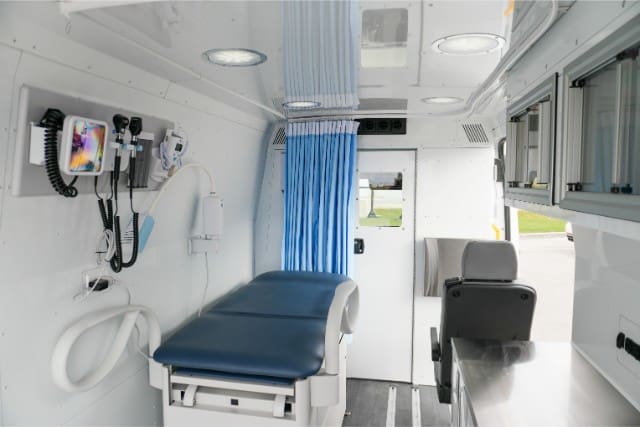
You likely landed on this article because you’ve noticed that 911 calls are steadily rising, emergency services are stretched thin, and people are repeatedly calling for help because they have nowhere else to go. It’s a big problem, but there’s a solution. Community paramedicine gives people care before things get worse, so they don’t have to rely on 911.
What you learned:
- Community paramedicine keeps 911 calls lower by treating people before they ever even need an ambulance.
- Mobile medical units give paramedics the right tools to help patients on-site instead of sending them to the ER.
- Features of the Mobile Clinic Van that make it so useful for community paramedicine.
At MoveMobility, we know that not everyone can get to a doctor when they need one. Every unit is designed with your healthcare team and the patients you serve in mind—so you have everything you need to do your job.
We believe healthcare should come to people, not the other way around. If you want to learn how a mobile medical unit can help your team, click the button below to talk to a mobility expert.
Not ready yet? Check out our other resources to learn more.
Start with checking out our article comparing mobile medical vans and RVs. You’ve likely thought about which type of vehicle to go with, and this article can give you some clarity.
After that, read our article on how to apply for funding. This can help steer your community paramedicine program in the right direction, especially if you’re having trouble financing it.


